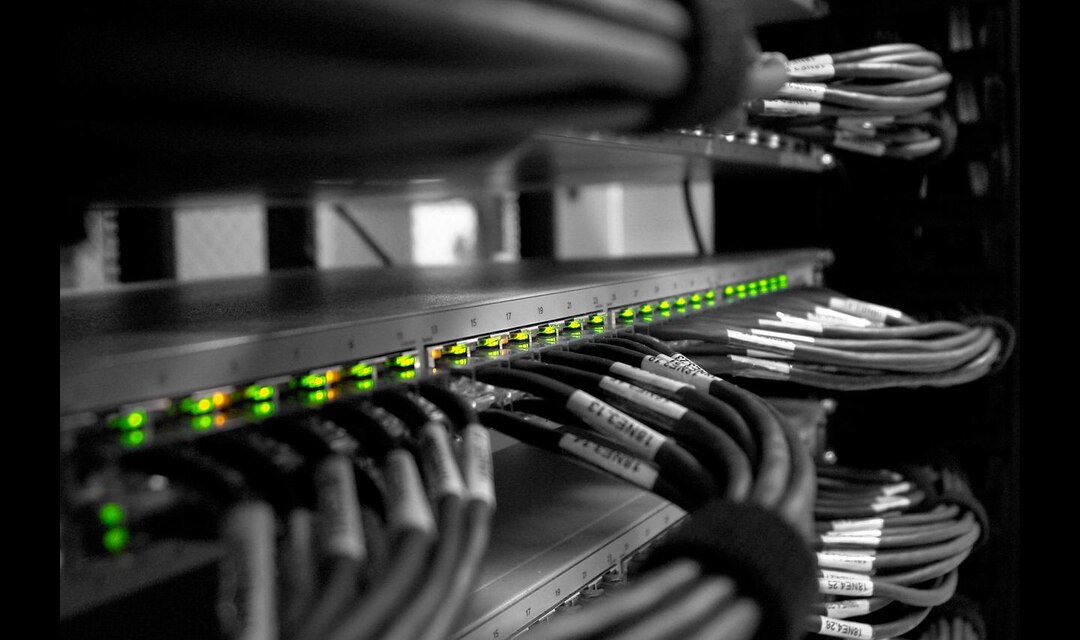
Active and Passive Components in Networking and Fiber Cabling
In networking and fiber cabling systems, active and passive components play essential roles in ensuring the efficiency and reliability of data transmission. Understanding the distinction between these two categories helps businesses design robust networks that meet their operational needs.
Active components require power to function and are responsible for altering, managing, or amplifying signals in a network. These components play an active role in the flow of data and can influence the performance and range of the network.
Examples of Active Components:
Functions of Active Components:
Passive components operate without requiring power, and their primary role is to assist with the physical transmission of signals without altering them. They are integral to network connectivity and help maintain smooth data flow.
Examples of Passive Components:
Functions of Passive Components:
| Feature | Active Components | Passive Components |
|---|---|---|
| Power Requirements | Require power to function. | Do not require power to operate. |
| Signal Handling | Amplify, convert, or regenerate signals. | Simply transmit signals without altering them. |
| Examples | Routers, switches, repeaters, transceivers, etc. | Fiber cables, connectors, patch panels, splitters |
| Network Impact | Directly manages and optimizes data flow. | Facilitates the physical transmission of data. |
| Cost | Usually more expensive due to their functionality. | Generally more affordable and simpler to use. |
To build an efficient network infrastructure, both active and passive components are indispensable. Active components are responsible for the core tasks of managing and processing data, ensuring that signals reach their intended destinations with the right speed and security. Meanwhile, passive components provide the necessary infrastructure that supports the physical connection of the network and the reliable transmission of signals without interference.
In fiber optic networks, passive components like cables, connectors, and patch panels provide the framework for data transmission, while active components like switches, routers, and amplifiers manage data flow, boost performance, and extend the network's capabilities. Together, these components form the backbone of a network, enabling high-speed, scalable, and reliable communication systems for businesses.